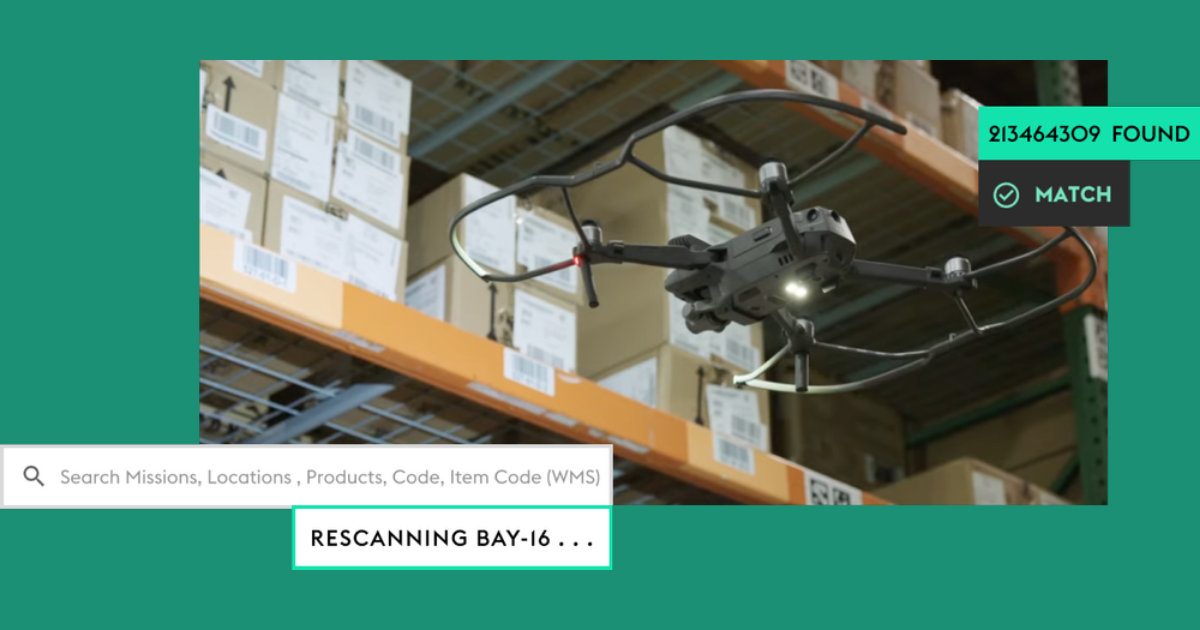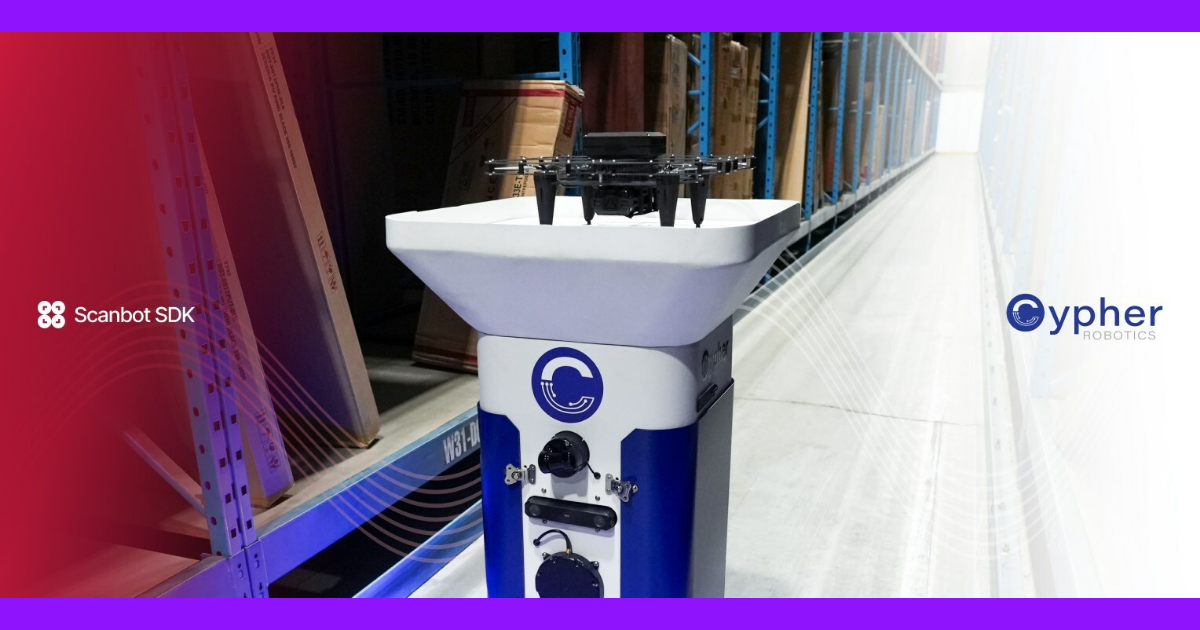
Manufacturing IoT will employ industrial and machine controls. Fleet managers will look for very different sensor information than manufacturers. Health care organizations will worry about safety and security as well as information accuracy to be delivered rapidly. Those controlling digital signage expect the endpoint to be pretty dumb. Some endpoints will have to interact, performing actions in response to their sensors. Others will be passive sensors delivering measurements. Even within one industry, there will be many different IoT endpoints to support the various missions of the organization’s departments.
Most IoT endpoints are a composition of multiple vendors’ components. One vendor’s sensors, another’s processors, someone else’s networks software, and other’s applications combine to produce the desirable endpoint solution. In some cases, the endpoints are controlled by another vendor’s edge processor also comprised of multiple vendor products. The endpoint is designed to deliver specific functions and produce specific traffic. The variety of endpoints will vary by industry and application. No two will be alike. Therefore there is no single network design that will support all the various endpoints.
Design Considerations
IoT devices are not monolithic. The demands on the network will be far more varied than what IP network designers have encountered in the past including voice and video over IP. Bandwidth delivery will be difficult to manage especially when there is network congestion. One of the benefits expected with 5G networks is the ability to deliver very low delay. The low delay tolerant IoT devices may be best supported on 5G. IoT devices that can work with longer delays may be better suited for wired connections.
The network designer may want to influence the edge processor design by requesting that more work is performed at the edge. This can reduce the demands for short delays and high bandwidth.
An example of security problems are that badly or improperly secured IoT devices, not connected to an edge processor, can allow malicious individuals to use IoT entry points for cyberattack. Over 80 percent of global IoT transmissions are not encrypted.
IoT data collection and its use produce privacy issues when the individuals who are observed by IoT devices have different privacy expectations. Compare privacy regulation as practiced in the U.S. and Europe.
Network availability, striving for 99.999 percent uptime, becomes a higher priority in the network design. The use of the IoT endpoints further integrates the network into the success or failure of the organization. Deploying edge processors can offer sensor support even when the network connection fails. Wired gateway connections can be automatically routed through wireless networks when the wired connections fail.
Prioritizing traffic will be problematic. Voice and video traffic is usually given higher priority than data traffic. Some IoT devices may demand high priority transfers that will need higher QoS than voice and video. SD-WAN and MPLS may be required for some of the IoT traffic while more tolerant IoT traffic may be transferred with lower priorities.
When network designers first encountered VoIP, network performance, especially delay and packet jitter, had to be improved. The improvements also benefited video over IP. IoT devices will challenge network designers and those that operate the networks. The tools to monitor the network will have to be improved as well so they can report the performance by IoT device types and applications.
Edited by
Ken Briodagh





